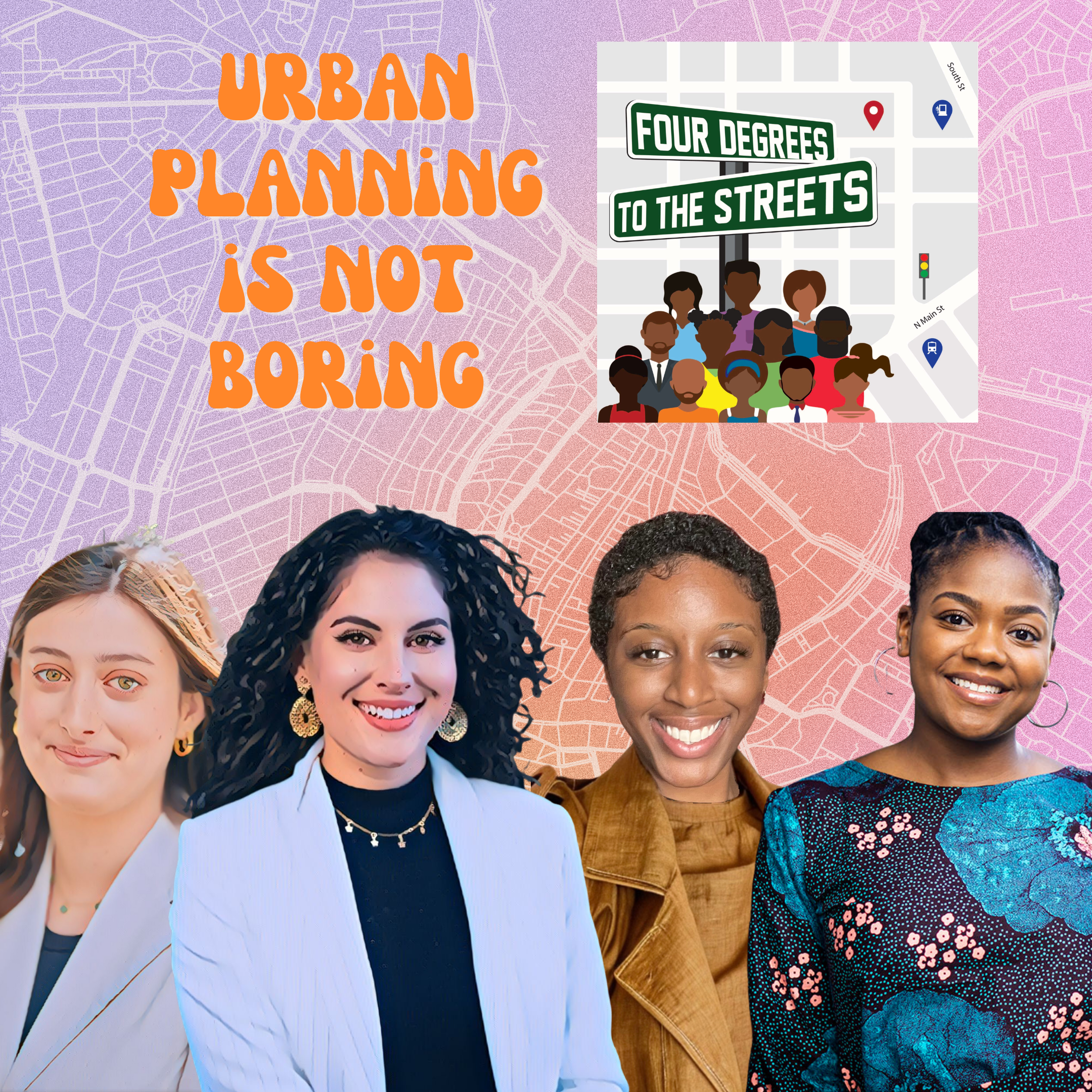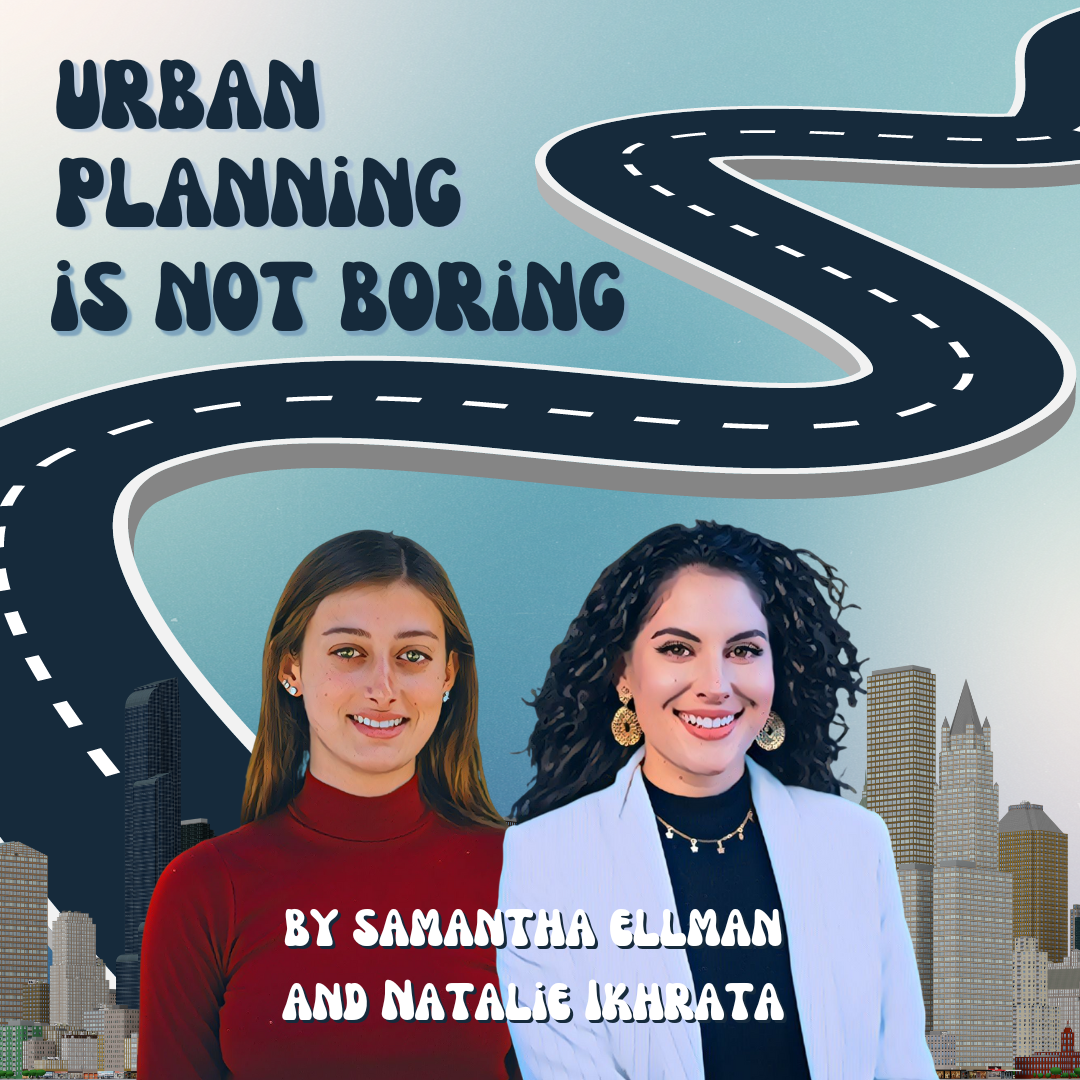Beyond Home and Work: Exploring the Importance of Third Places
Description
Welcome back to Urban Planning Is Not Boring! In today's episode, we delve into the concept of third places – those vital social hubs that bridge the gap between our homes (first places) and workplaces (second places). Join us as we uncover why third places are essential to fostering vibrant, connected communities.
American sociologist Ray Oldenburg introduced the notion of third places as crucial to democracy and social cohesion in this 1989 book "The Great Good Place".
Despite the allure of digital connectivity, research indicates that physical third places offer unique benefits. From promoting informal social interaction to strengthening productivity, these spaces play a pivotal role in shaping our collective well-being.
However, several impacts to the accessibility and allure of third places, including urban sprawl, technological advancements, and the COVID-19 pandemic, have created a decline in traditional third places. We examine what defines a third place – its atmosphere, accessibility, and sense of community – and discuss strategies urban planners can implement to revitalize these vital spaces.
From reimagining public spaces to fostering mixed-use developments, city planning efforts are adapting to prioritize the creation of third places. If you've been on TikTok or Reels lately, you've probably seen the rise of third places into mainstream media, thanks to creators like @signedbritt. The discussion on third places gives a name to the phenomenon that many people have experienced, such as after graduating college and realizing how walkable and accessible many amenities are on a college campus.
Join us as we navigate the past, present, and future of third places, and discover why these social sanctuaries are key to fostering social connections.
Sources:
- Protecting the “Third Place:” The Pandemic’s Impact on Commercial Corridors and How to Support Them
- Third places, true citizen spaces
- Do Yourself a Favor and Go Find a ‘Third Place’
- “Third places” as community builders



















